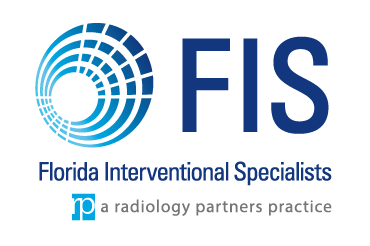Vascular Malformations (CVM)
Congenital Vascular Malformation (CVM) is a broad term to describe an abnormal connection between the arteries and veins. These lesions lack normal capillaries (microscopic vessels) between the arteries and veins. For unknown reasons, CVMs are often present at birth (congenital) and grow slowly over a lifetime. The increased flow from the vessels causes them to enlarge, can induce pain, swelling or even heart failure. If they occur in the brain or spine they can cause strokes, bleeding and/or paralysis.
There are several types of CVMs which are classified according to the blood flow and the major type of vessels that composes the CVM. Often a CT, MRI and an angiogram are needed to determine what type of CVM is present. Some CVMs are associated with syndromes, such as Hereditary Hemorrhagic Telangectasia (HHT), which causes CVMs in the lungs and small abnormal vessels in the nose, mouth and GI tract that have a tendency to bleed.
CVMs in the brain (cerebral) and spine (dural) are discussed on this website under the “Brain and Spine” section. These are very serious as they can prevent normal flow to the brain or spinal cord, and can rupture causing a stroke. CVMs on the face, arms and legs are less common and tend to cause less symptoms. Patients with an CVM on the legs/arm/face may describe blue area over the CVM that pulsates and may cause unusual pain with movement of the extremity. Occasionally, there is swelling of the arm/leg associated with the CVM.
All CVMs are treated according on their type of blood flow, many can be followed without treatment. There are two main types of treatments of CVMs:
- In CVMs that are composed of more arteries (Arteriovenous malformation – AVM), a tiny tube, called a catheter is fed to the arteries feeding the nest of vessels and are blocked off with a medical grade glue or alcohol.
- In CVMs with a network of veins (Venous Malformation – VM), injection of medical grade glue or alcohol is performed directly into the abnormal veins with a tiny needle to cause them to shrink or close.
Individuals with CVMs should undergo evaluation by a vascular specialist such as an interventional radiologist. Initially, tests we be performed to determine what type of CVM is present and then a treatment, if necessary, will be discussed with the patient. Most treatments are outpatient procedures, but CVMs may require multiple treatments for complete relief of symptoms. All of these treatments and tests will be explained by the interventional radiologist during a clinic appointment before any testing or procedure is performed.
THE SERVICES LISTED ON THIS WEBSITE ARE FOR GENERAL INFORMATION PURPOSES ONLY AND DO NOT INCLUDE ALL SERVICES OF FLORIDA INTERVENTIONAL SPECIALISTS. WHILE WE STRIVE TO KEEP THE INFORMATION UP TO DATE AND CORRECT, WE MAKE NO REPRESENTATIONS OR WARRANTIES OF ANY KIND, EXPRESS OR IMPLIED, ABOUT THE CONTENT, COMPLETENESS, ACCURACY, RELIABILITY, LEGALITY, SUITABILITY OR AVAILABILITY, WITH RESPECT TO THE SERVICES CONTAINED ON THIS WEBSITE.

